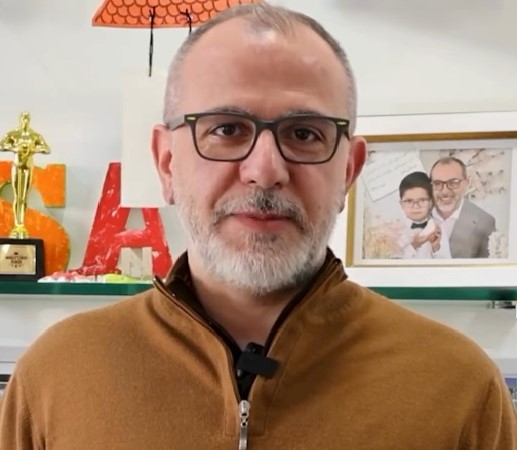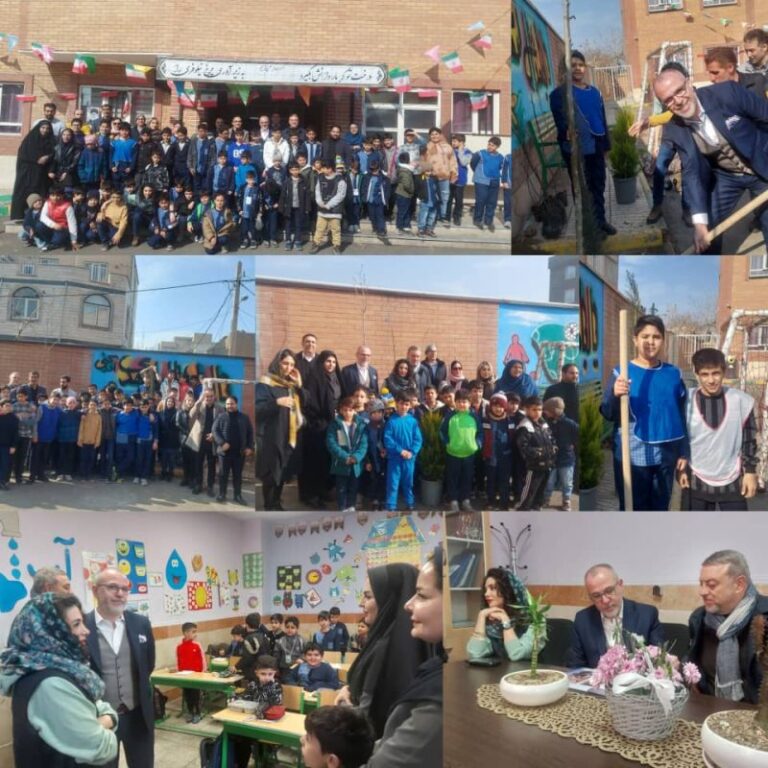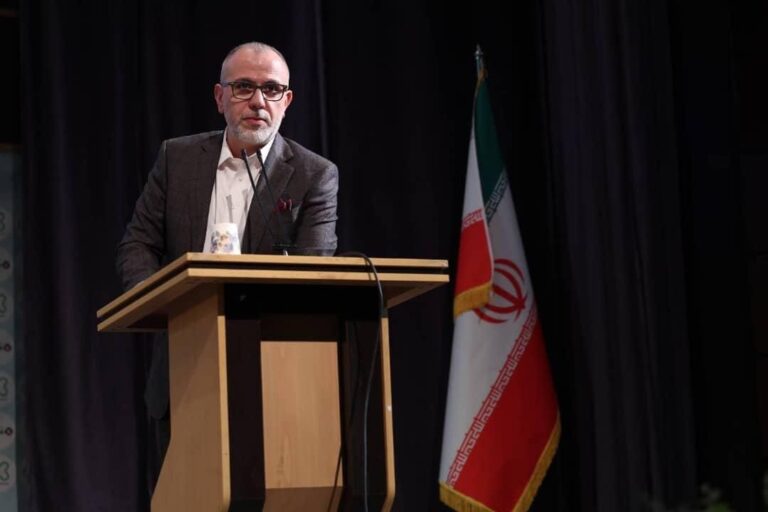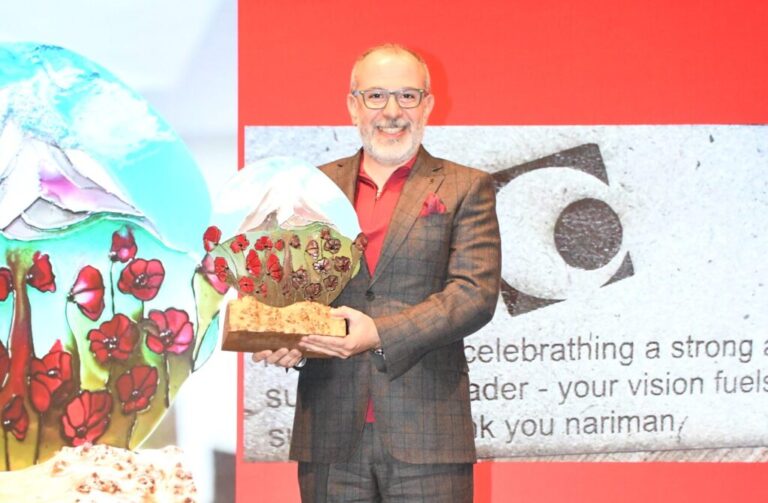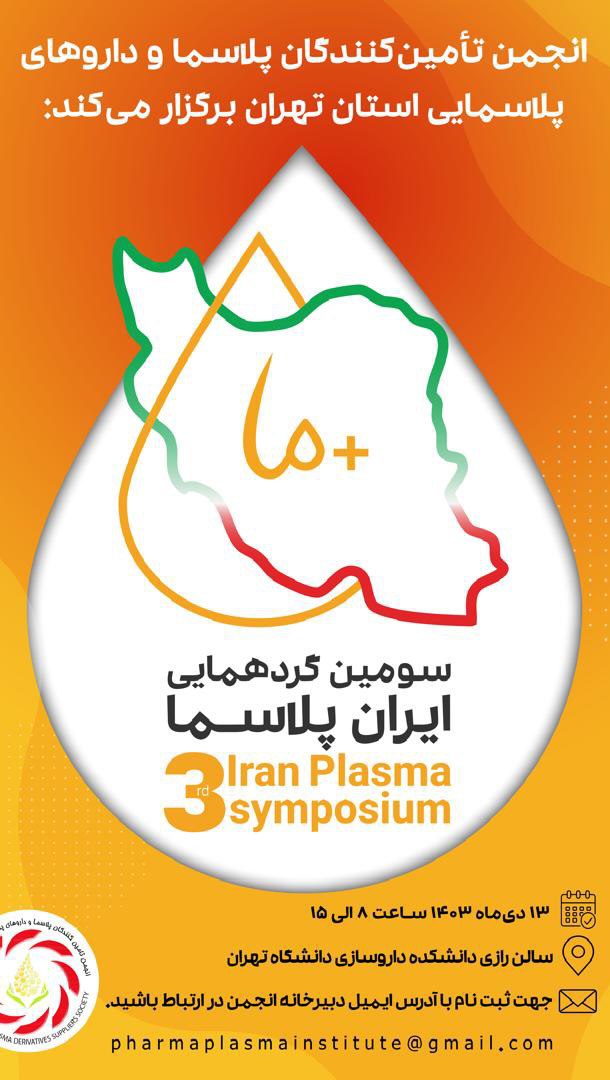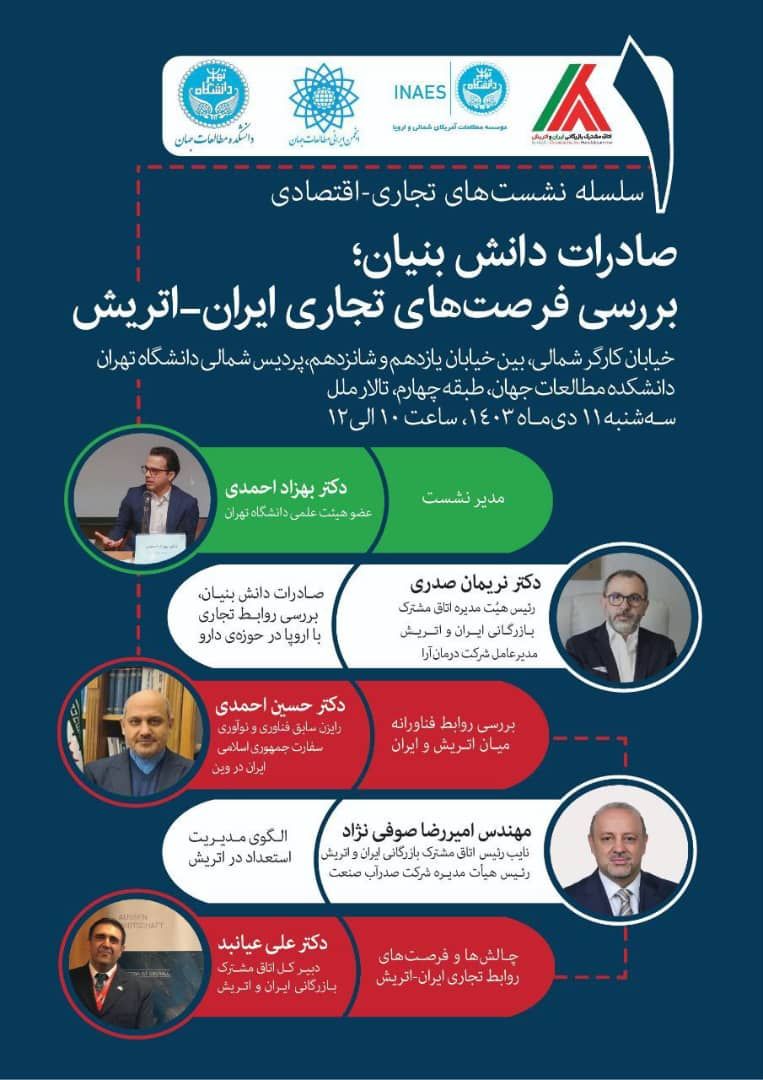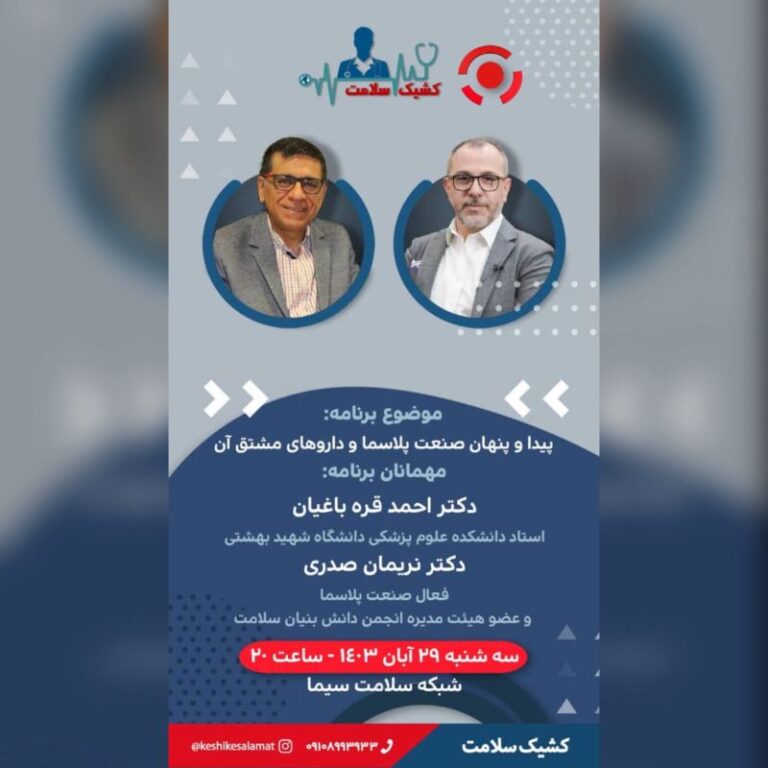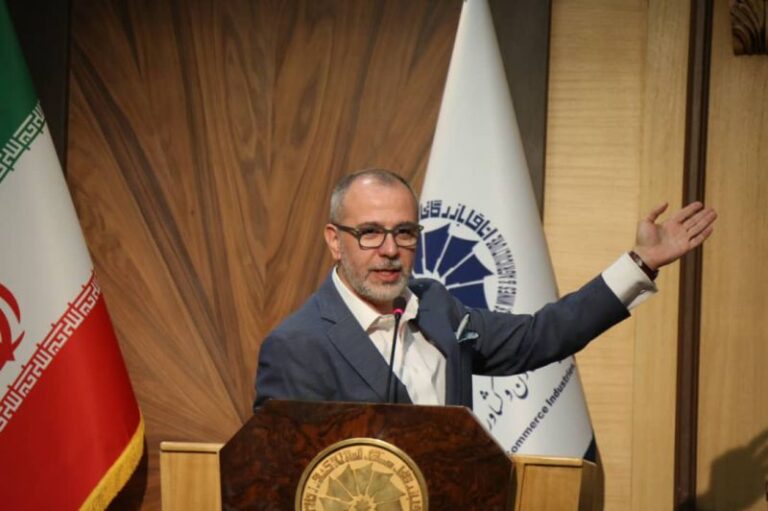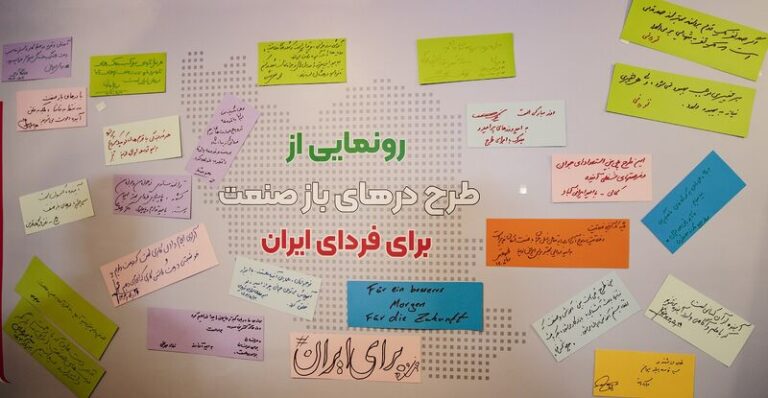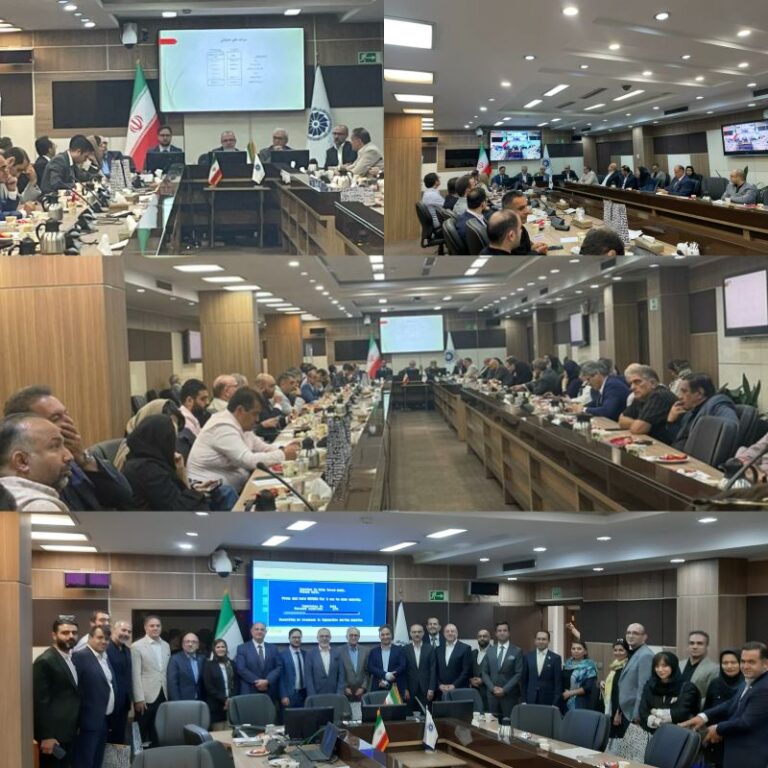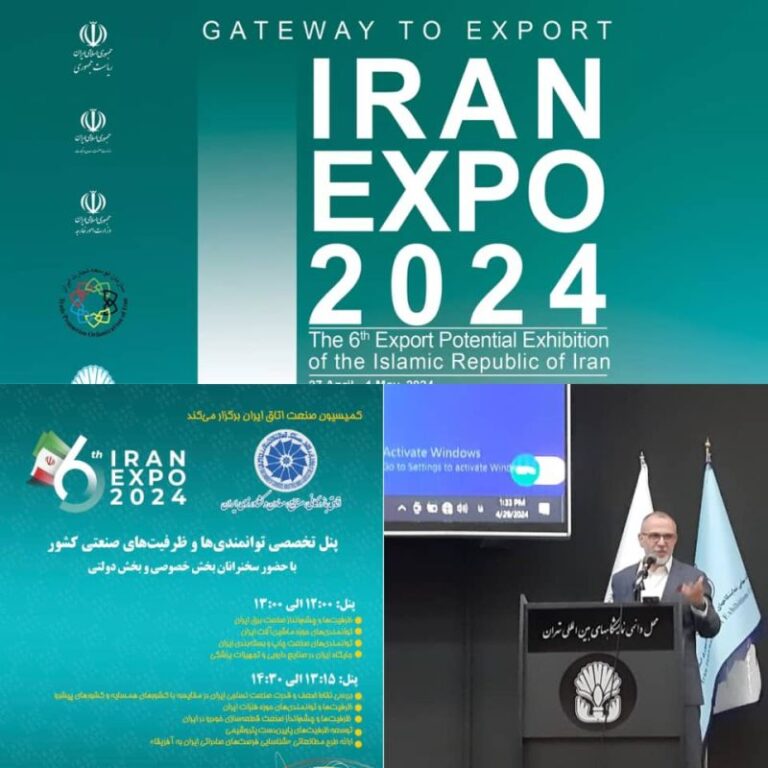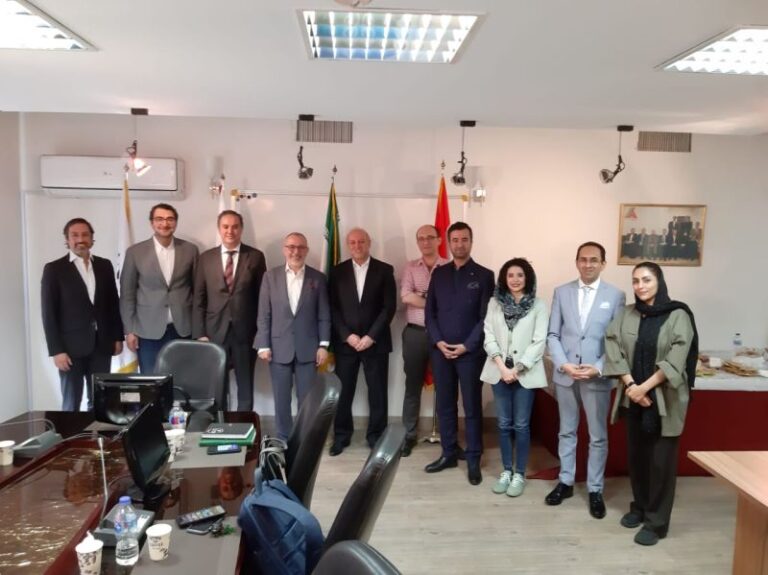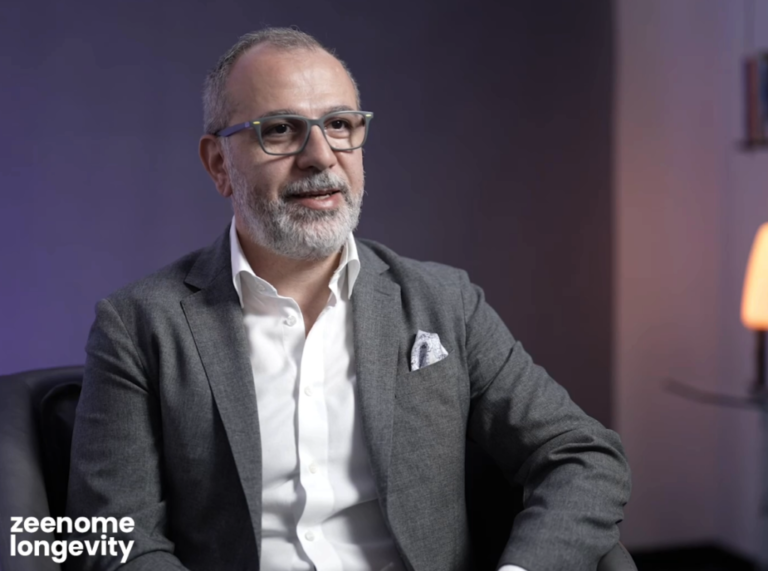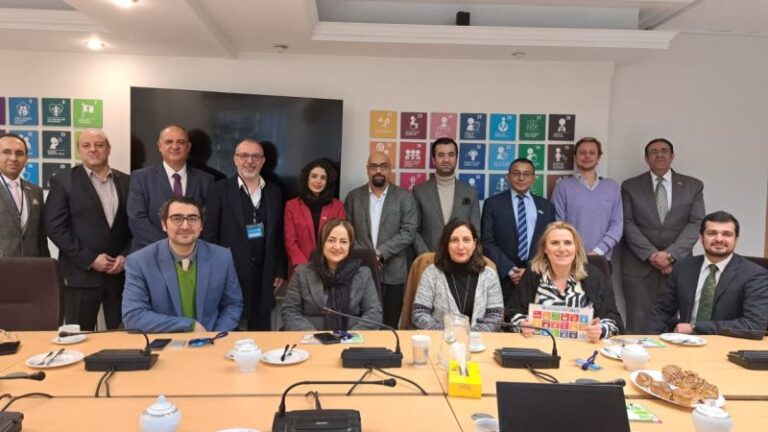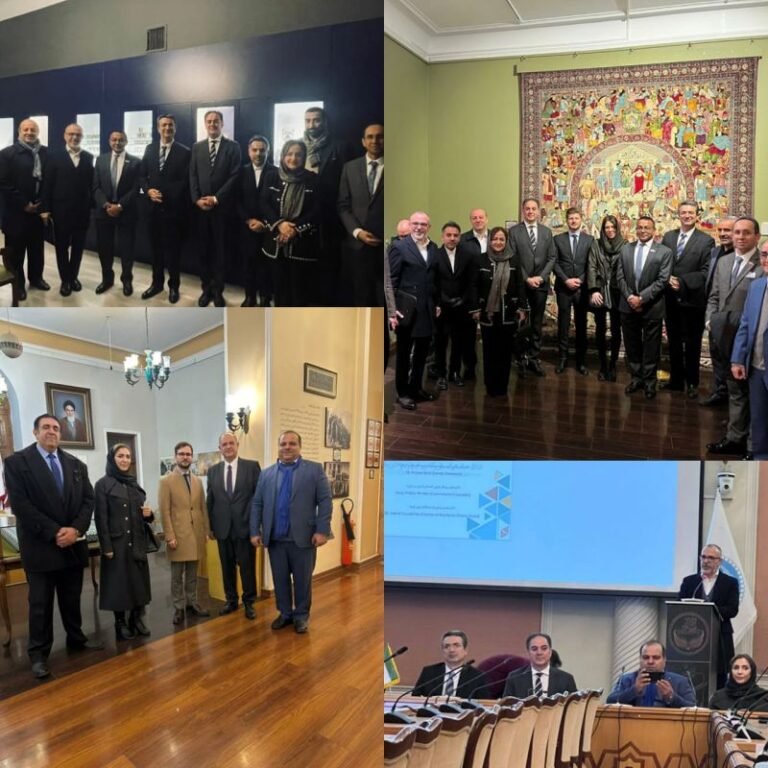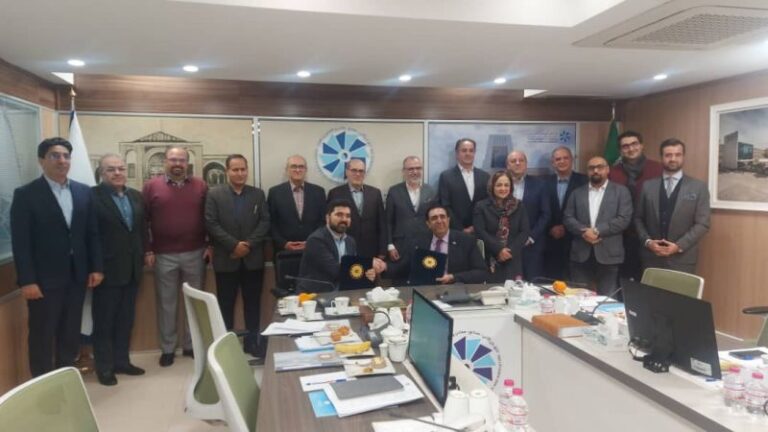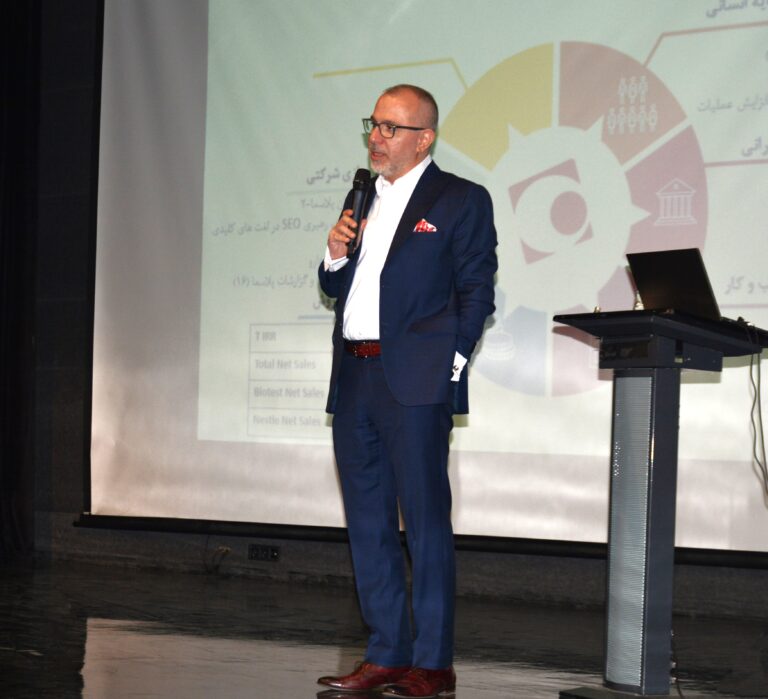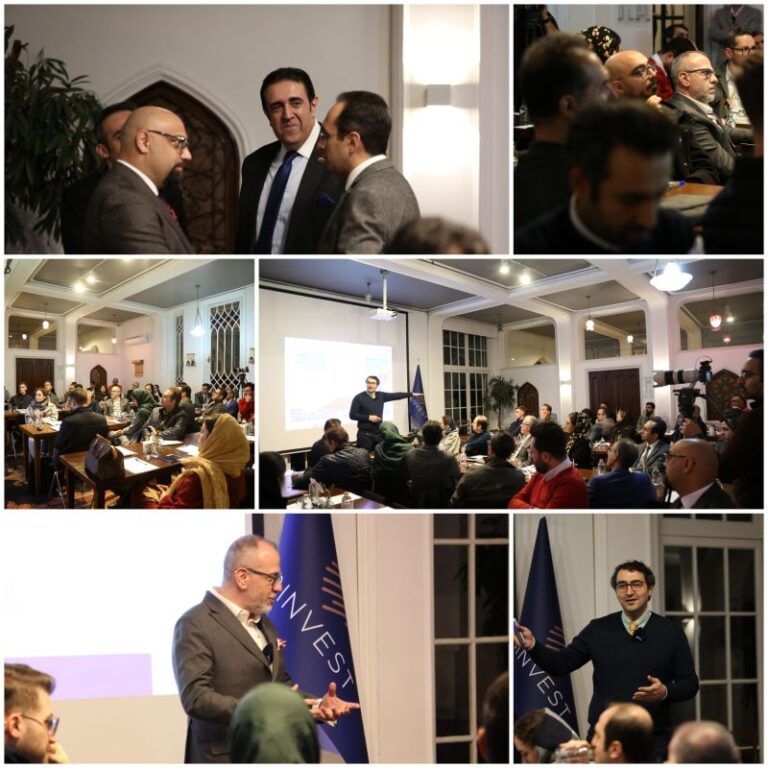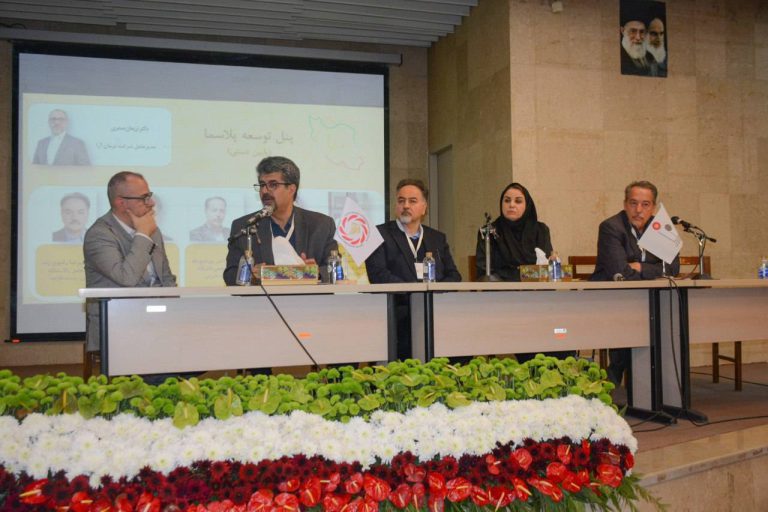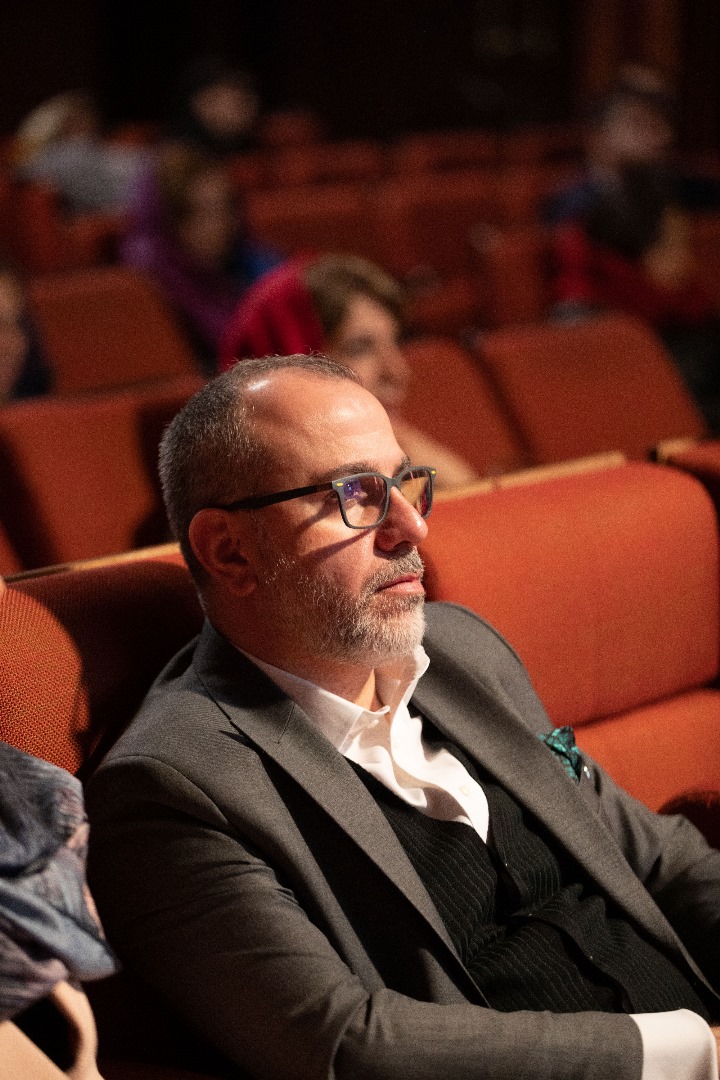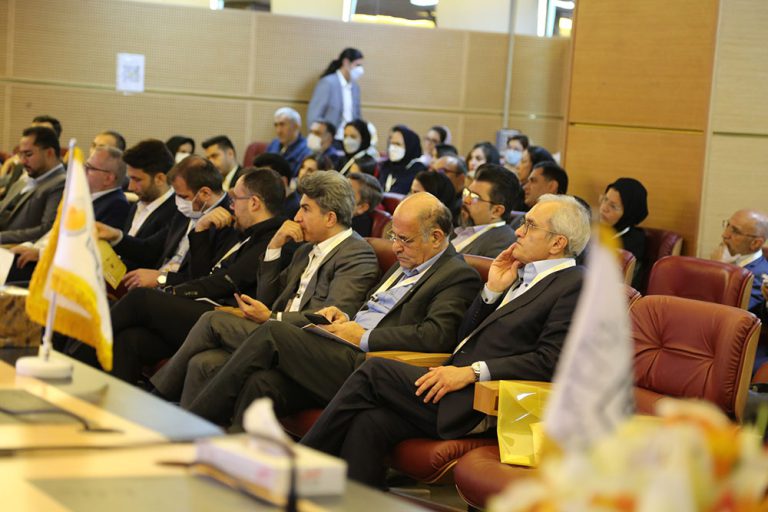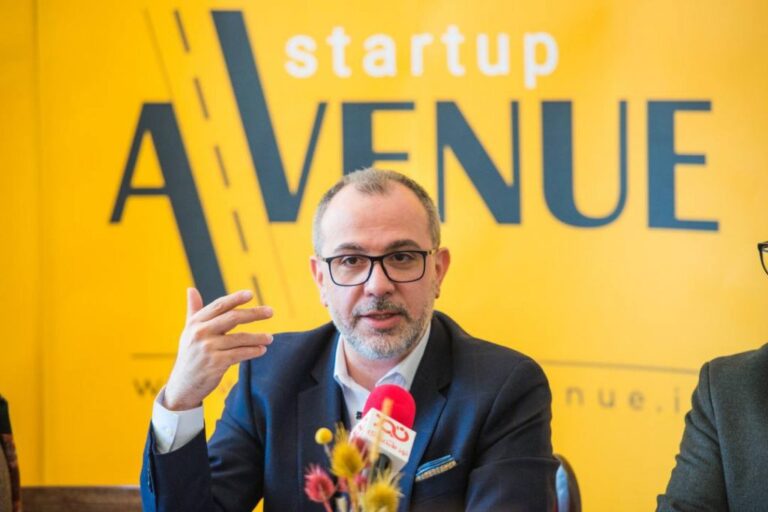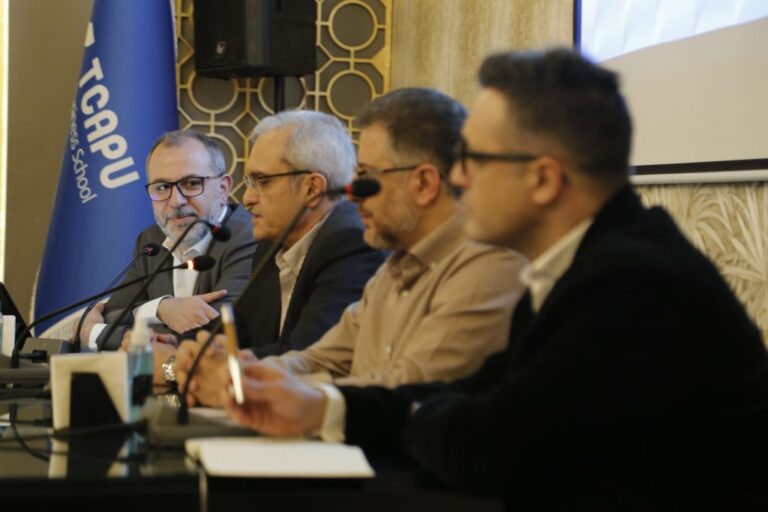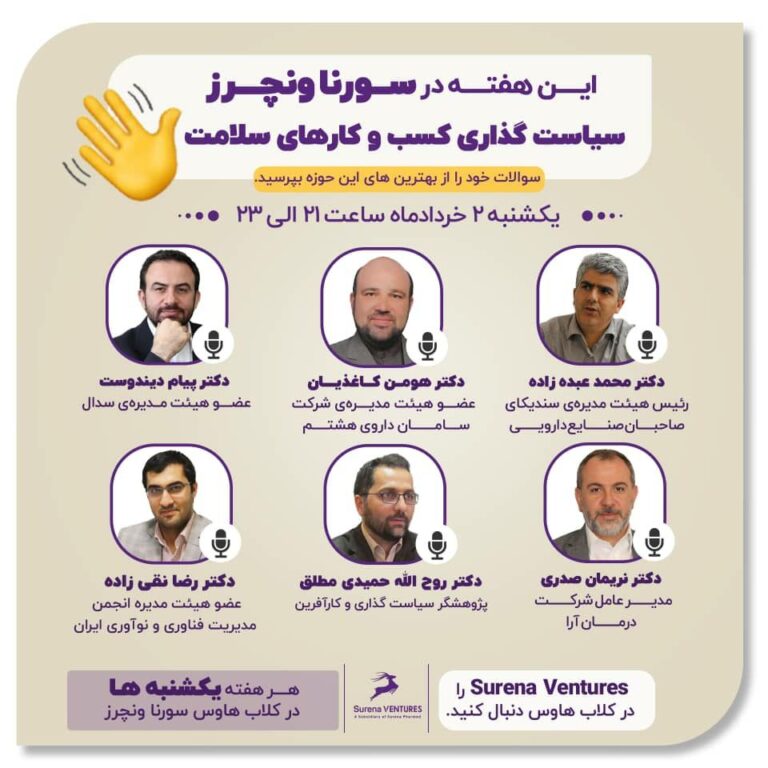When we feel that there is a limited opportunity to obtain something due to a shortage of goods or a unique feature, we are strongly persuaded to acquire it without thorough investigation. Humans, in their evolutionary path, have subconsciously become sensitive to the scarcity of resources. As a result, the drive to acquire scarce resources has led to a cognitive bias in us: if we are made aware of a resource being scarce, even if that scarcity is fabricated, we will try even harder to obtain it.
In many advertisements, buyers are given a limited time to take advantage of a discount, which is a sales trick that traps you in a cognitive bias, making you feel that you must act quickly and make a purchase because the opportunity to buy the product at this price is very limited. You’ve probably seen this tactic used in television shopping ads. I remember a friend of mine who bought all kinds of kitchen tools just because they were priced well, and there was a limited time to benefit from the discount. Upon review, we discovered that he had five different models of vegetable and fruit cutting tools, all with different shapes, and he admitted that he had only used each one once.
You probably also remember the long lines at gas stations every time the price of gasoline went up. Many times you’ve asked yourself, “How much benefit is there in saving a small amount of money on a tank of gas?” If we set aside those who find even small financial savings important for their household economy, there are others in the queue, as the great behaviorist Jack Brham theorized, who, due to an internal pressure, feel a need to take advantage of a resource that will soon become scarce. This behavior is not based on a precise calculation of financial benefit, but on the emotional satisfaction of benefiting from a scarce resource.
Another psychologist, Mr. Stefan Werschel, conducted an interesting experiment to test the effect of scarcity on our perception. A similar type of chocolate was given to two hypothetical groups of buyers for taste and price evaluation. One group received the chocolate in large glass jars containing dozens of similar chocolates, while the other group received the chocolate in a small container with only two pieces. Interestingly, the result was that the group who received the chocolates in the large jar rated the taste as average and the price as moderate, while the group with the smaller container rated the taste as excellent and the price as high. This is a fascinating test that shows how, when we perceive scarcity, we tend to overestimate the value or quality of a product or feature.
Now, let’s address the key question: How can we avoid falling into the trap of persuasion through the perception of scarcity? It’s not an easy task. The first step is to recognize the signs of scarcity based persuasion within ourselves. In such situations, decision making becomes emotional, and different people exhibit physical signs that are similar to irritability or anxiety. It is important to enhance your self awareness so you can identify when you are making a cognitive error. If you successfully pass this stage, the conditions will be set for a more rational evaluation. In the second stage, you must be aware that when your emotions are triggered, the likelihood of making a wrong decision is still high. Therefore, focus on external resources. Patience and avoiding impulsive decisions, followed by research and consulting the real facts about the scarcity, will likely lead you from an emotional decision to one based on reason. After these two steps, you will be in a better position to make the best choice.
This article is the last one in my series on persuasion. Starting next week, I will share new topics from my personal experiences with you. Thank you for being my motivator throughout this journey.



